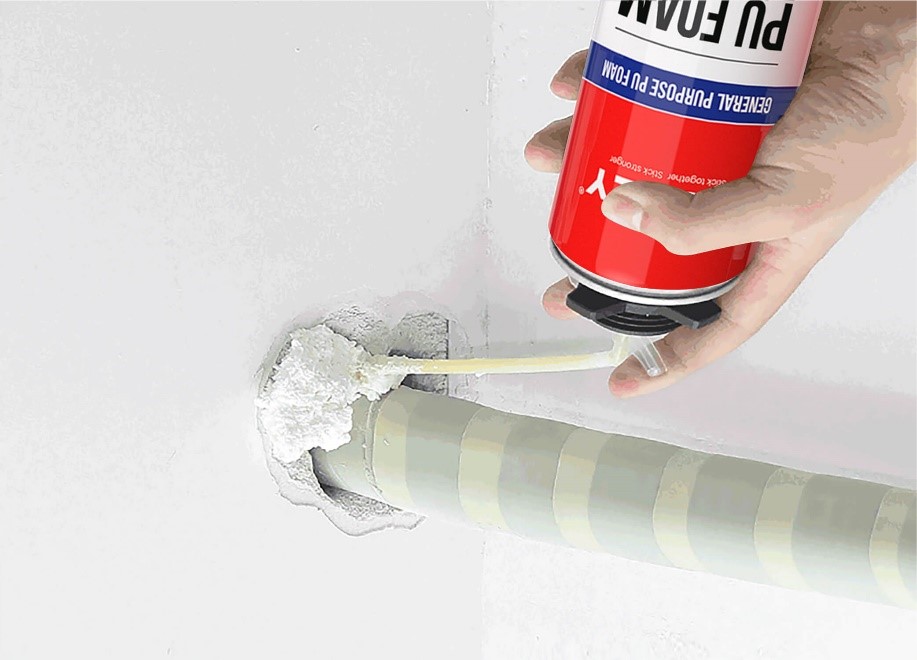Introduction
In a world that thrives on innovation and sustainability, materials capable of balancing performance and comfort are at the forefront of modern design. One such material that has quietly revolutionized multiple industries is PU foam. Known for its adaptability, resilience, and lightweight nature, it’s become a key component in everything from furniture and mattresses to insulation and packaging. This foam is shaping the future of construction and manufacturing by offering efficiency without compromising quality.
Understanding the Material
This unique foam is produced by blending polyols and isocyanates, creating a structure filled with tiny air pockets that deliver both flexibility and durability. Depending on its composition, it can be rigid, semi-rigid, or soft, allowing it to perform well in different applications.
The rigid form is excellent for thermal insulation and energy conservation in buildings, while the softer version is ideal for comfort-based products like sofas, cushions, and mattresses. Its ability to retain structure over time, combined with impressive resistance to moisture and wear, has made it one of the most trusted materials across multiple sectors.
How It Works
The versatility of this foam comes from its cellular design. It can have open or closed cells, each with specific benefits. Open-cell foam is soft, flexible, and perfect for sound absorption, while closed-cell foam is dense and moisture-resistant, ideal for insulation and protective uses.
Because of its adaptable chemistry, this material can be customized for specific needs, offering performance tailored to the environment it serves. That’s why it has become a go-to choice for industries seeking efficiency, longevity, and design flexibility in one solution.
Common Applications
This innovative foam finds its way into countless areas of modern life. From residential comfort to industrial applications, it contributes silently yet significantly to daily functionality.
- Home Furnishings: Provides long-lasting softness and structure in mattresses, sofas, and chairs.
- Building Insulation: Reduces energy loss, helping maintain indoor temperatures year-round.
- Automotive Interiors: Adds comfort and durability to seats and soundproofing systems.
- Packaging Materials: Protects fragile goods during shipment.
- Appliance Manufacturing: Used for temperature control and vibration reduction in refrigerators and air conditioners.
Its role across such varied uses highlights its ability to adapt and perform, proving that one material can meet many demands efficiently.
Sustainability and Green Design
As industries shift toward sustainability, manufacturers are rethinking how materials are made. This foam is no exception. Advanced production methods now reduce emissions, optimize resource use, and incorporate renewable components. Many modern versions are partially derived from plant-based sources, contributing to reduced environmental impact.
Another major advantage lies in its insulation power. Minimizing heat loss in buildings helps cut energy consumption for heating and cooling. This not only reduces electricity bills but also lowers carbon emissions over time. Combined with its durability, it becomes a long-term, sustainable choice for environmentally conscious development.
The Construction Connection
In modern construction, energy efficiency is a top priority. Rigid foam insulation has emerged as a key material in achieving this goal. Its dense structure creates an effective thermal barrier, preventing air leakage and ensuring consistent indoor temperatures. The result is a significant reduction in energy usage, making buildings both cost-effective and sustainable.
Beyond insulation, it also contributes to soundproofing, moisture control, and structural stability. Its easy application process, whether sprayed or installed in panels, makes it a preferred choice for builders looking to balance performance and convenience. As urban architecture evolves, this foam continues to play a crucial role in creating energy-smart infrastructure.
Comfort in Everyday Life
From the seat of your favorite armchair to the mattress you sleep on, this foam has quietly redefined everyday comfort. Its cushioning abilities make it ideal for ergonomic design, providing softness where needed and support where required. The material also adapts well to repetitive use, regaining its shape quickly and maintaining its comfort level for years.
This balance between softness and structure has made it a favorite in both domestic and commercial environments. Whether it’s enhancing a home, a car, or an office space, its presence can be felt in the background of our daily routines.
Key Benefits:
The growing preference for this foam comes down to its ability to deliver comfort, reliability, and sustainability; all at once.
- Lightweight Strength – Provides stability without adding unnecessary bulk.
- Excellent Thermal Resistance – Reduces heat transfer and improves energy efficiency.
- Long Lifespan – Maintains performance for years with minimal degradation.
- Moisture Protection – Prevents mold and dampness, even in humid environments.
- Sustainable Evolution – Increasingly developed with recyclable or bio-based materials.
These qualities make it an indispensable part of today’s focus on eco-friendly innovation and energy-efficient design.
Future Innovations
As technology continues to evolve, so does this remarkable foam. Research is currently focused on enhancing recyclability, developing lower-emission production techniques, and expanding its applications in renewable energy systems. The future looks promising, with materials being engineered to perform better, last longer, and align more closely with sustainable global standards.
In the coming years, advancements will likely push the boundaries of comfort and efficiency even further. Whether in construction, transport, or interior design, this foam will remain an integral part of modern innovation.
Conclusion
In a world increasingly defined by efficiency and sustainability, PU foam stands out as a transformative material. Its versatility, durability, and energy-saving benefits have redefined how industries approach comfort and construction. As innovation continues to evolve, this foam will keep shaping smarter, greener, and more comfortable environments, cementing its place as one of the most valuable materials in modern design.




Add Comment